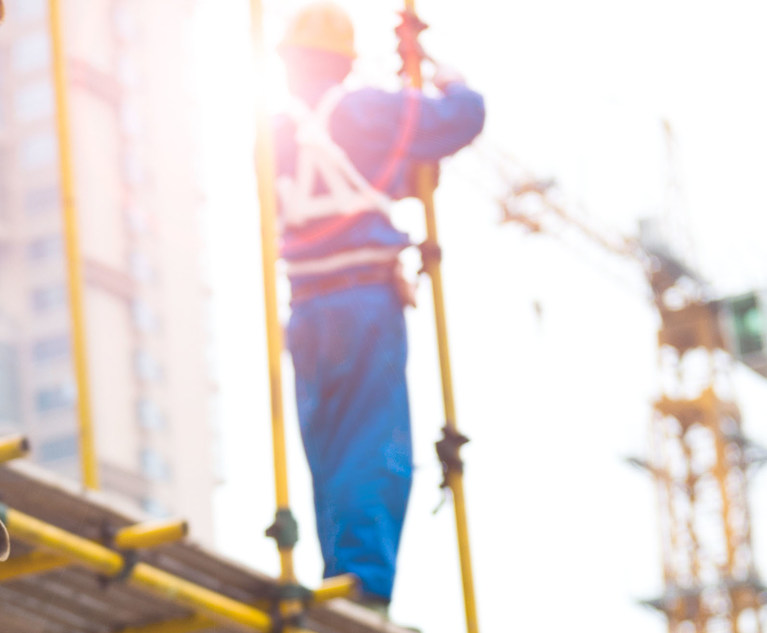Judge DiFiore’s retirement from the Court of Appeals may spell change for the court’s ever-evolving interpretation of New York’s Scaffold Law, Labor Law 240(1). In the 150 years since its creation and thousands of rulings, the Scaffold Law has been generally construed to favor plaintiffs. Recently, the court has moved away from this punitive interpretation by reaffirming the plaintiff’s affirmative duty to prove causation before granting summary judgment.
The Scaffold Law, originally enacted in 1885, was passed as the modern New York City of skyscrapers and high-rises was built. The law requires that all contractors “give proper protection to a person” employed “in the erection, demolition, repairing, altering, painting, cleaning or pointing of a building.” Labor Law §240(1). The intent of the law was to reduce height-related deaths and injuries by mandating the use of safety equipment. This goal is now principally served by OSHA requirements, while the Scaffold Law’s impact on safety is doubtful. Instead, the law now primarily works as an additional route for financial recovery along with worker’s compensation.
This content has been archived. It is available through our partners, LexisNexis® and Bloomberg Law.
To view this content, please continue to their sites.
Not a Lexis Subscriber?
Subscribe Now
Not a Bloomberg Law Subscriber?
Subscribe Now
LexisNexis® and Bloomberg Law are third party online distributors of the broad collection of current and archived versions of ALM's legal news publications. LexisNexis® and Bloomberg Law customers are able to access and use ALM's content, including content from the National Law Journal, The American Lawyer, Legaltech News, The New York Law Journal, and Corporate Counsel, as well as other sources of legal information.
For questions call 1-877-256-2472 or contact us at [email protected]


 Credit: xy/Adobe Stock
Credit: xy/Adobe Stock




